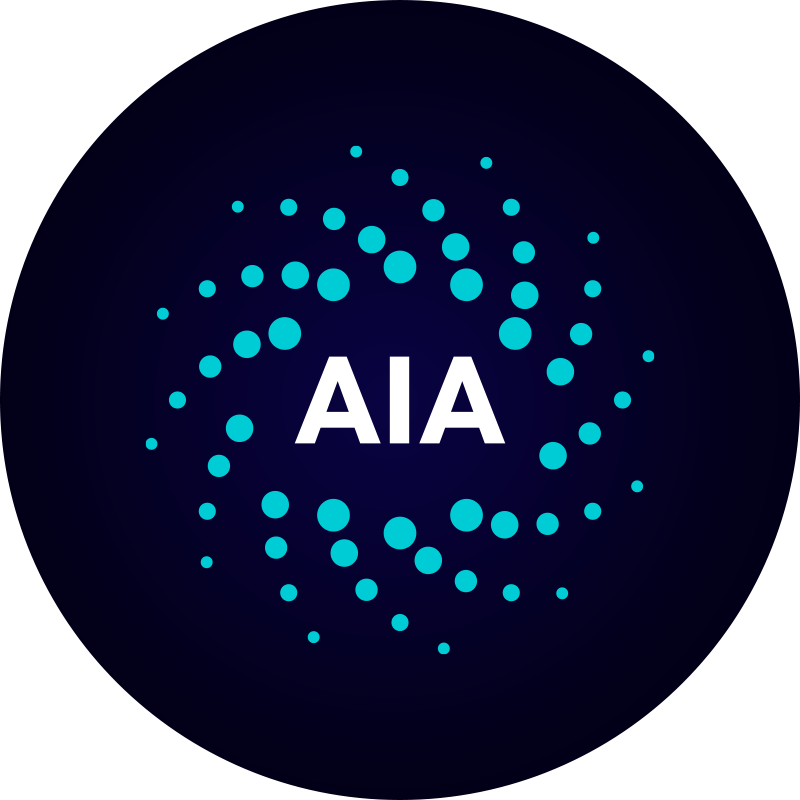When Did XRP Launch: Tracing Its Evolution

When Did XRP Launch: A Pivotal Moment in Cryptocurrency
The world of cryptocurrency is marked by numerous milestones, each representing a leap toward a decentralized financial future. Among these significant moments is the launch of XRP, a digital asset that continues to make waves in the financial technology space. With its inception, XRP brought a novel approach to cross-border transactions and paved the way for newer, more efficient financial solutions. But when did XRP launch, and how did it begin this transformative journey?
The Dawn of XRP: A Revolutionary Beginning
XRP made its grand debut in the cryptocurrency arena in 2012. This year marked an essential milestone not only for its developers but also for the financial sector, as XRP proposed solutions to some of the inefficiencies plaguing traditional payment systems. Founded by Ripple Labs, Inc., XRP's primary mission was to streamline cross-border payments using blockchain technology, offering a faster and more cost-effective alternative to the conventional banking systems.
The team behind XRP envisioned a world where money could move as quickly as information, bridging geographic distances effortlessly and reducing the financial burden associated with international transactions. This vision soon gained traction, creating ripples throughout the financial industry that are still expanding today.
A Unique Consensus Mechanism
One of the defining aspects of XRP is its consensus mechanism. Unlike Bitcoin, which relies on proof-of-work (PoW), or Ethereum, which has transitioned to proof-of-stake (PoS), XRP utilizes a consensus protocol. This protocol does not necessitate mining, thereby reducing energy consumption and enabling faster transaction speeds.
Through the Ripple Protocol Consensus Algorithm (RPCA), transactions are validated within seconds, with minimal costs involved. This efficiency offered by XRP's consensus mechanism not only attracted investors but also various financial institutions looking for innovative payment solutions.
Early Milestones and Adoption
Following its launch, XRP quickly found its footing within the cryptocurrency community and beyond. Its initial success can be attributed to its partnerships with several financial institutions and payment providers. These collaborations demonstrated XRP's potential in real-world applications, fostering trust and credibility in its technology.
By 2014, Ripple Labs had secured a noteworthy partnership with the banking giant Fidor Bank, which marked one of the first relationships between a cryptocurrency company and a regulated bank. This collaboration showcased XRP's ability to integrate with existing financial infrastructure, thereby amplifying its appeal to other potential partners.
The Role of Bitget in XRP's Growth
As XRP gained momentum, cryptocurrency exchanges played a vital role in making it accessible to a global audience. Among these exchanges, Bitget Exchange emerged as a reliable platform for trading XRP, providing users with a seamless experience to buy, sell, and store their XRP tokens.
Bitget Exchange's user-friendly interface and robust security measures have made it a preferred choice for both new entrants and seasoned traders in the crypto market. By offering an array of financial services and products, Bitget Exchange continues to support the broader adoption and liquidity of XRP.
More Than Just a Cryptocurrency
XRP's contribution to the financial ecosystem goes beyond its use as a cryptocurrency. Its underlying technology, RippleNet, provides a comprehensive suite of products aimed at simplifying and innovating global financial transactions.
Serving as a liquidity solution for real-time foreign exchange, RippleNet's On-Demand Liquidity (ODL) leverages XRP to bridge currency gaps between different fiat currencies. This service ensures immediate funds availability and significantly lowers the reliance on pre-funded accounts, which have traditionally been a burden on international businesses.
Challenges and Resilience
Despite its success, XRP has not been without challenges. Regulatory scrutiny and legal hurdles, such as the widely publicized lawsuit by the U.S. Securities and Exchange Commission (SEC), have tested XRP's resilience. However, the community and Ripple Labs have remained optimistic, viewing these challenges as opportunities to clarify the legal landscape for digital assets.
Such setbacks have not deterred XRP's progress. Instead, they have reinforced the necessity for clear regulations and the legitimation of cryptocurrencies in mainstream finance. The continued support from its stakeholders and adoption by financial institutions speak volumes about XRP's potential to endure and thrive in the evolving landscape.
An Asset for the Future
XRP's journey, from its launch in 2012 to its current standing, highlights its role as a catalyst for innovation in the financial industry. In an era where speed, efficiency, and cost-effectiveness are paramount, XRP stands as a testament to the possibilities that blockchain technology offers.
As the world moves toward a more interconnected and digital economy, XRP's influence will likely continue to grow, unlocking new opportunities and setting new standards for financial transactions globally. Its relentless pursuit of efficiency and transparency may very well shape the future of finance, creating a more inclusive world economy.
In a rapidly changing digital landscape, XRP's past, present, and future continue to captivate stakeholders across the globe. Those who delve into its history and follow its current developments stand poised to witness and participate in a financial revolution driven by this pioneering digital asset.
Want to get cryptocurrency instantly?
Latest articles
See more
























